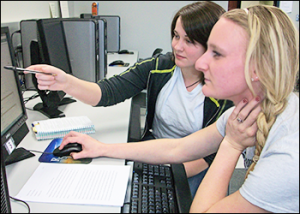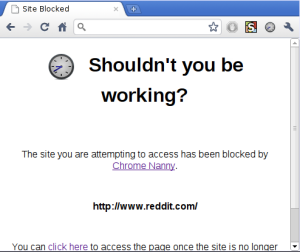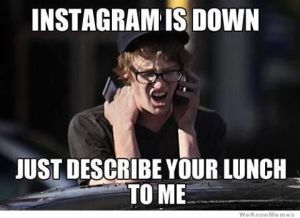OVERVIEW: In this video, I explore how multimodal texts affect writing center tutoring pedagogy. Incorporating interviews with both teachers and tutors, I challenge the notion of “traditional” texts and argue for a genre based understanding of multimodal assignments. This project grew out of my experiences working within a writing center, both as a tutor and as an administrator. And while my own experiences led to my interest in the topic, the interviews that I conducted for the video really shaped my argument and the project as a whole. Through talking to other people about their experiences working with multimodal texts, I was able to gain a better understanding of both what the problems were and what we could do to help fix them.
 PROCESS: Because I’ve never created a video of this length before, a large part of the process was acclimating myself to the form. I began the process by conducting the interviews, because I really wanted these to help guide my thinking. After they were done, I wrote the script that would fill in the space around them. I then created (very) rough storyboards to try and figure out how I wanted it to all fit together. Finally, I started making the actual video itself, which proved to be incredibly recursive. Every element that you see in the final version was done at least 2 or 3 times, some of them many more.
PROCESS: Because I’ve never created a video of this length before, a large part of the process was acclimating myself to the form. I began the process by conducting the interviews, because I really wanted these to help guide my thinking. After they were done, I wrote the script that would fill in the space around them. I then created (very) rough storyboards to try and figure out how I wanted it to all fit together. Finally, I started making the actual video itself, which proved to be incredibly recursive. Every element that you see in the final version was done at least 2 or 3 times, some of them many more.
AFFORDANCES: The greatest affordance of this medium was being able to fully incorporate other voices. While collaboration is important in all work, I feel like it is particularly crucial to writing center studies. By weaving interviews into my own essay–and by having people actually speak for themselves–I think that the video form better captures the collaborative nature of my work than a print essay ever could have done. I also think that the video form will make this essay more digestible/shareable in the future. As many of you know, writing center tutor training often involves watching short videos, and I could see this video easily being incorporated into that training format.
CONSTRAINTS: The biggest constraint was balancing out images and words. It was hard to find a balance between not being too literal with the images yet still remaining on topic and useful. Similarly, linking images and sounds were difficult because I wanted to make sure that the images were helping guide my argument, but I didn’t want the video too become too cluttered or too busy that it would detract from the words that I was saying







